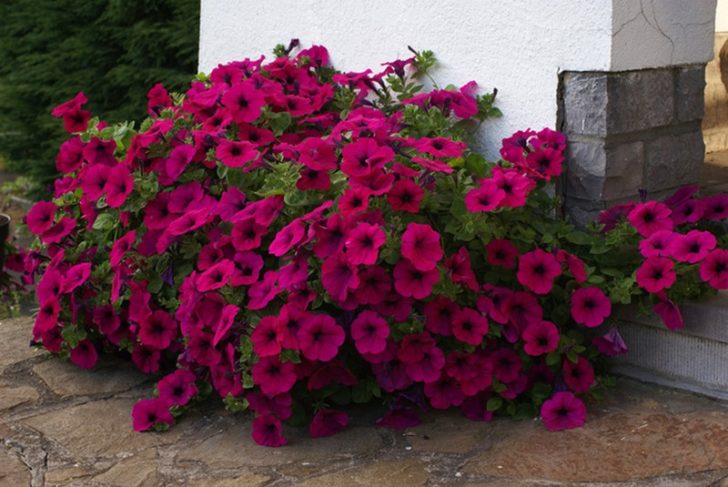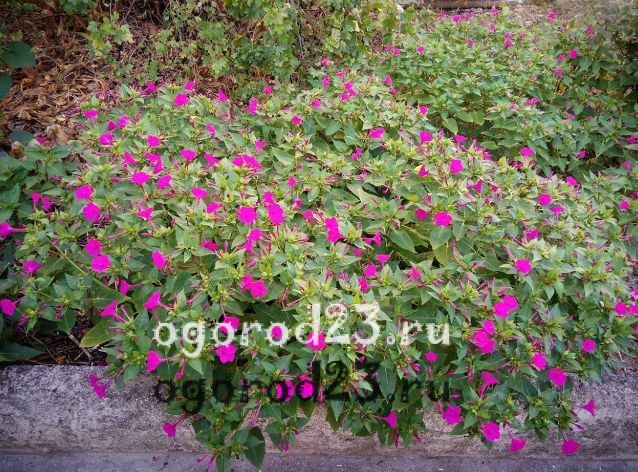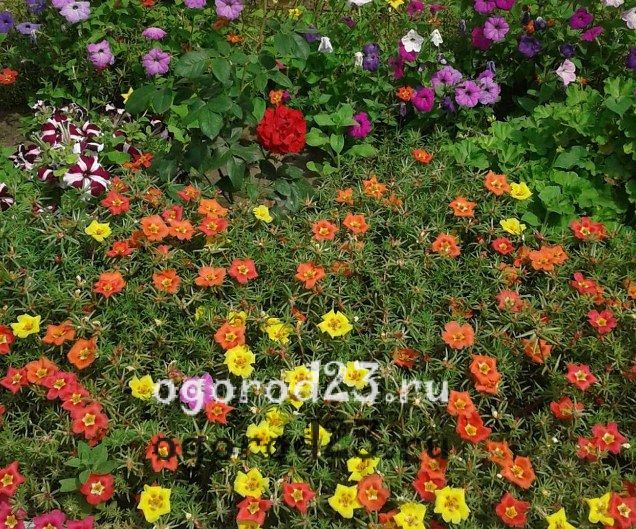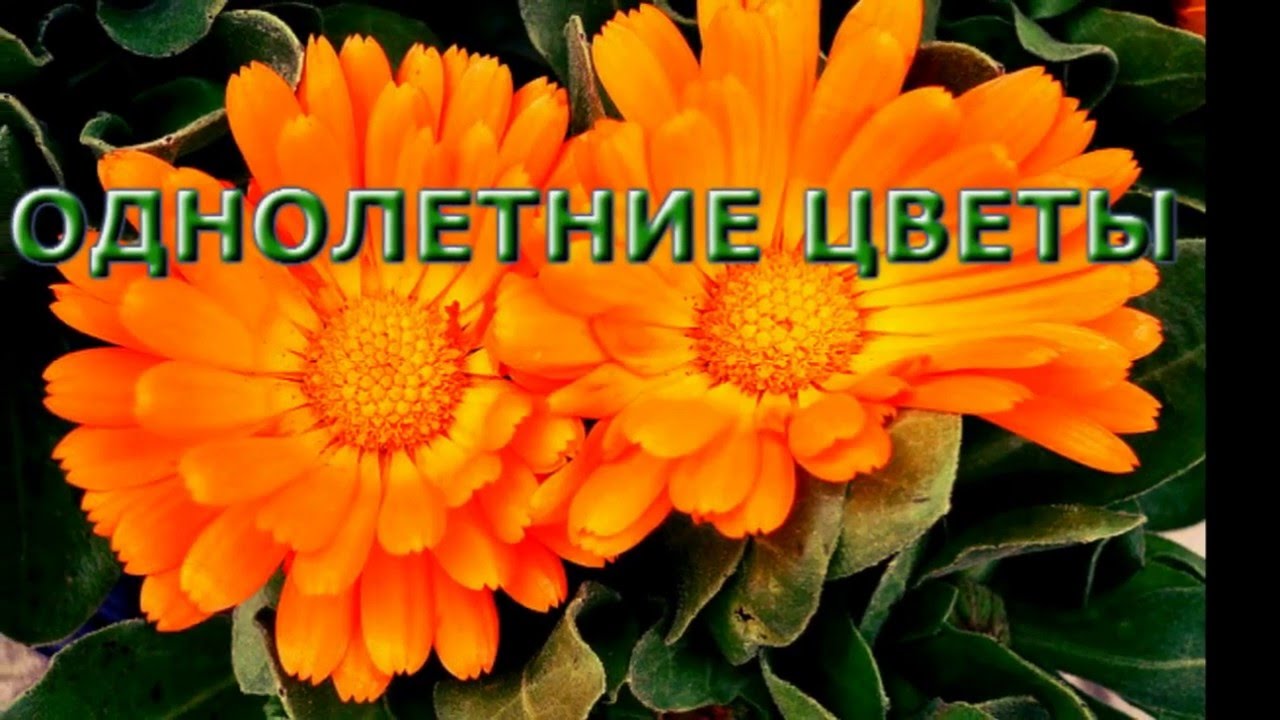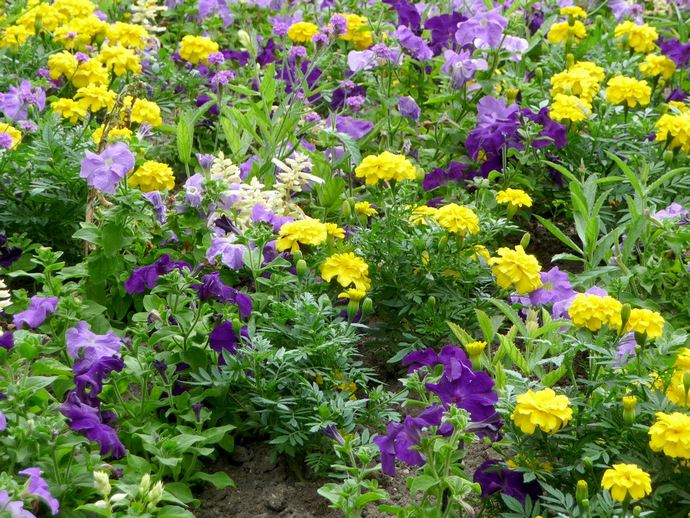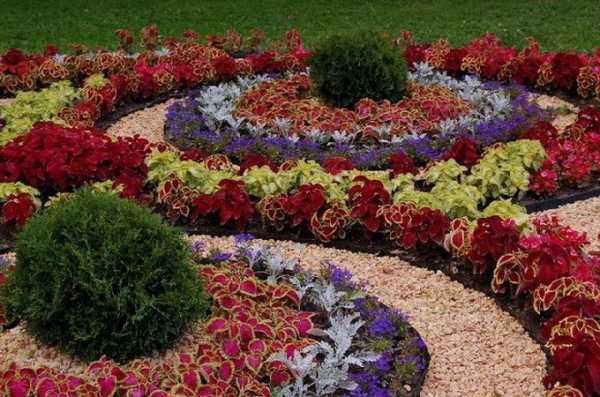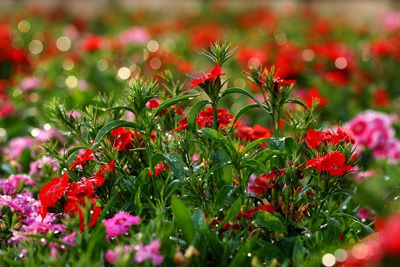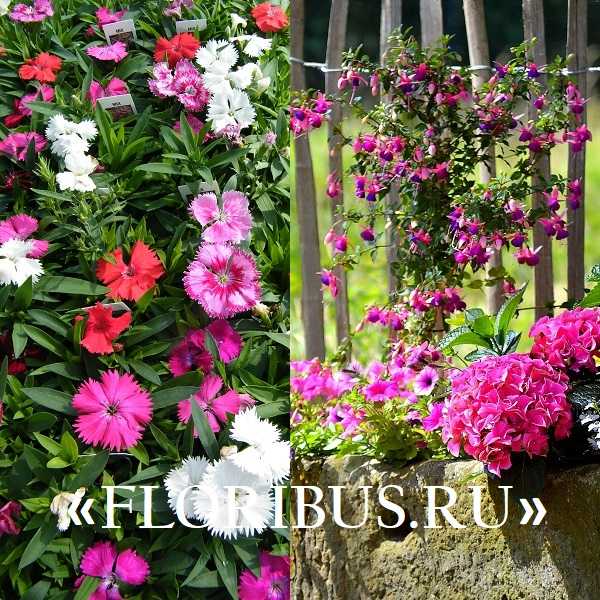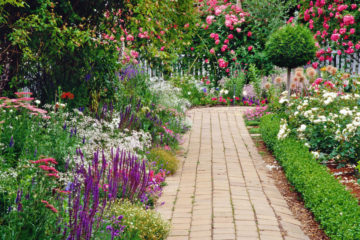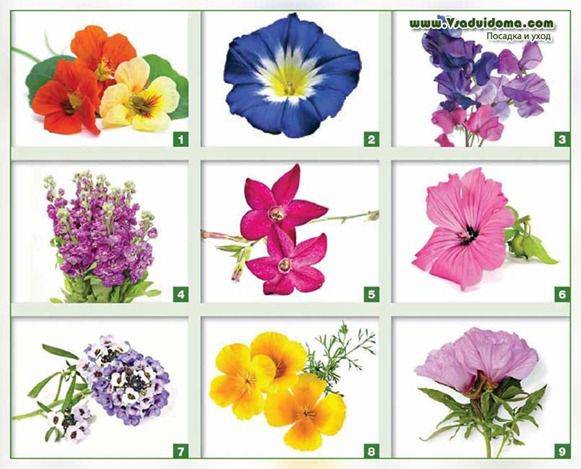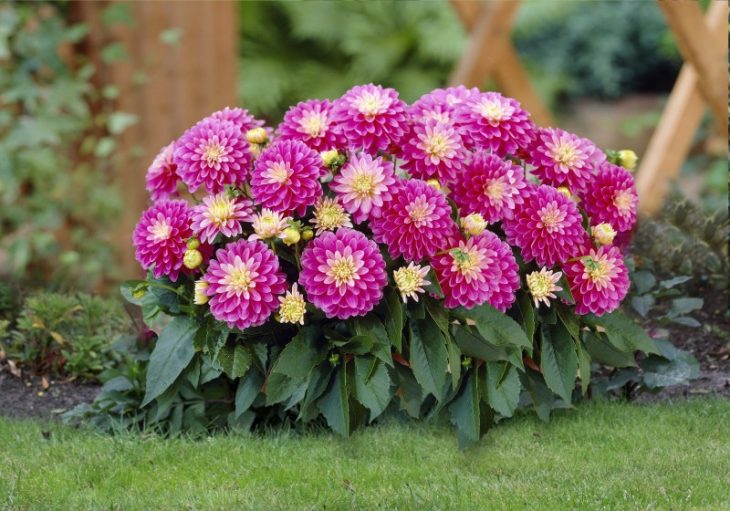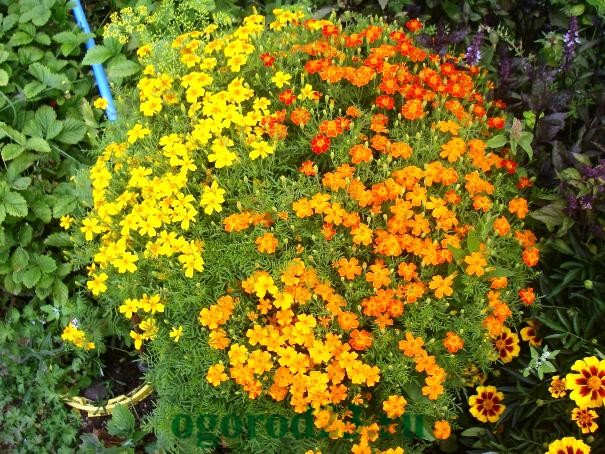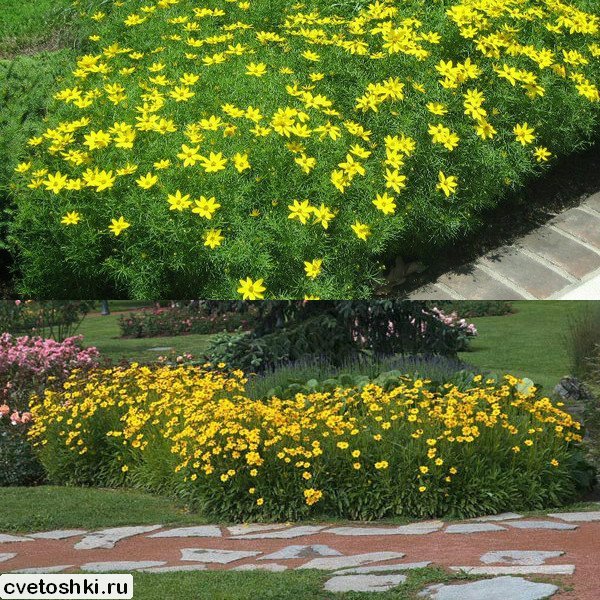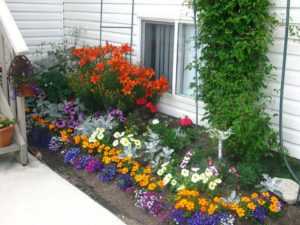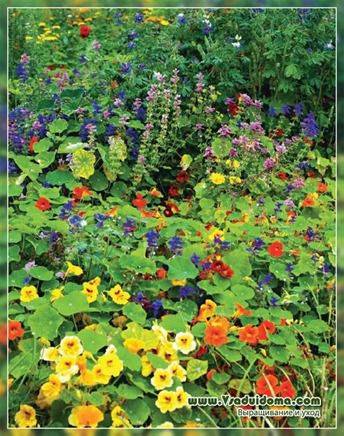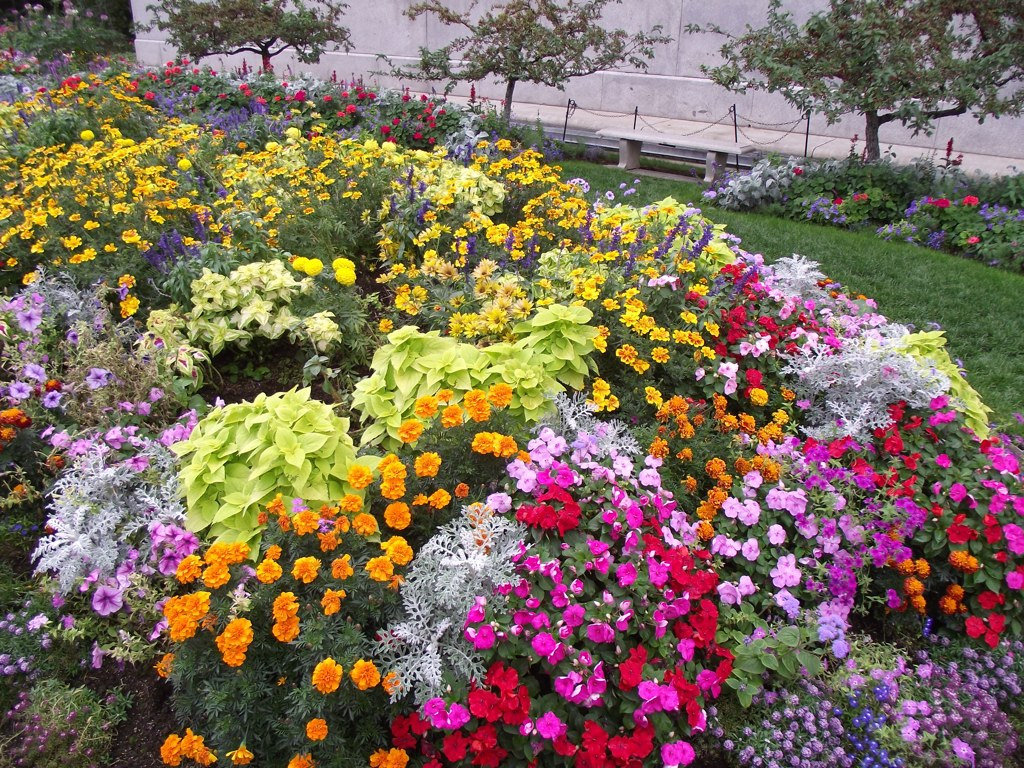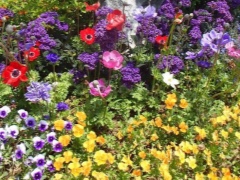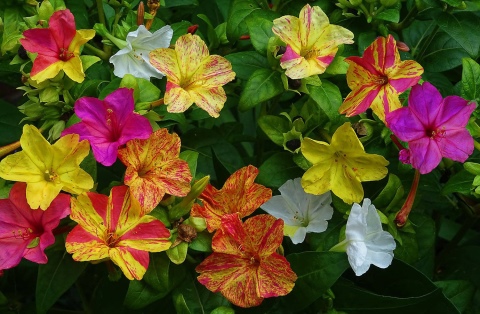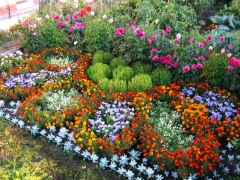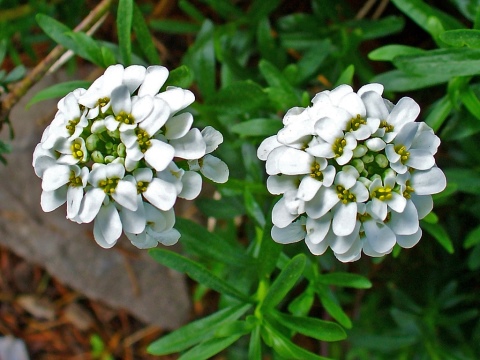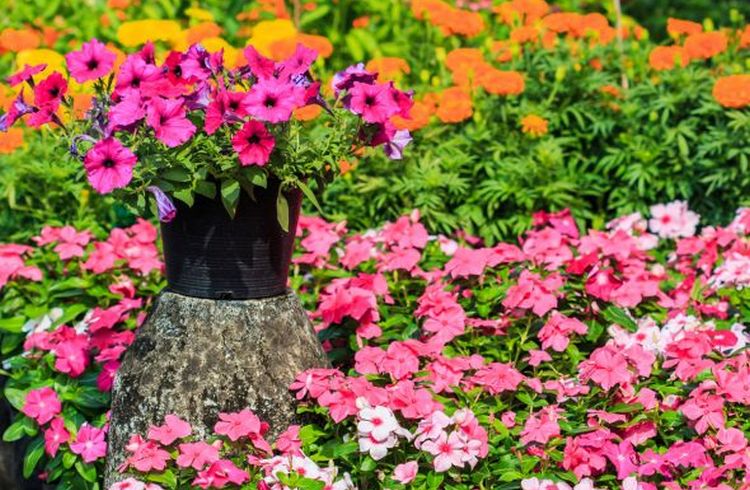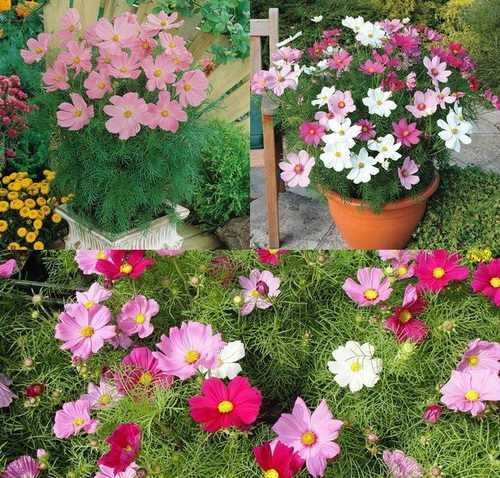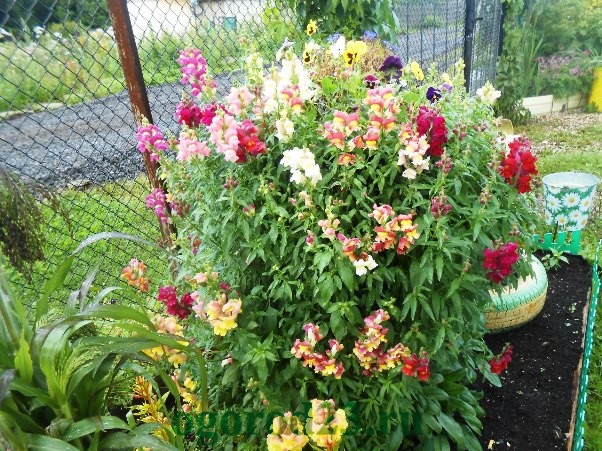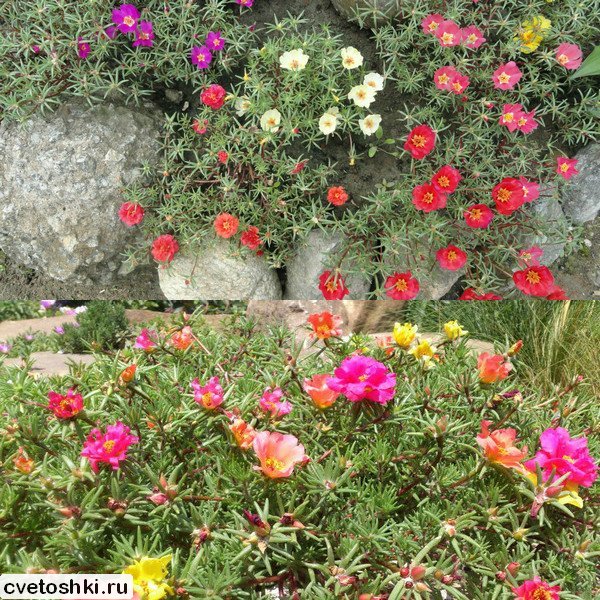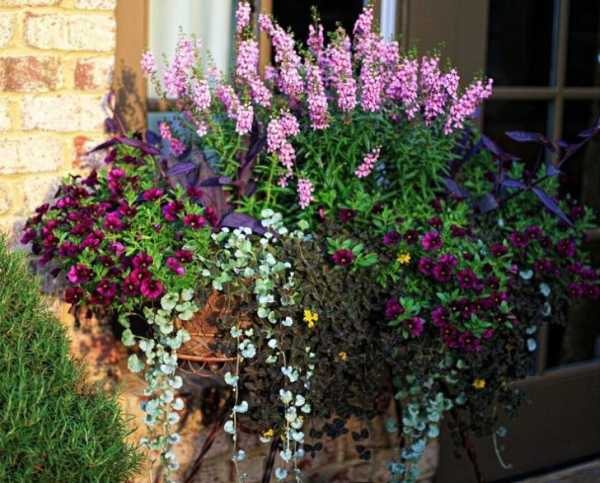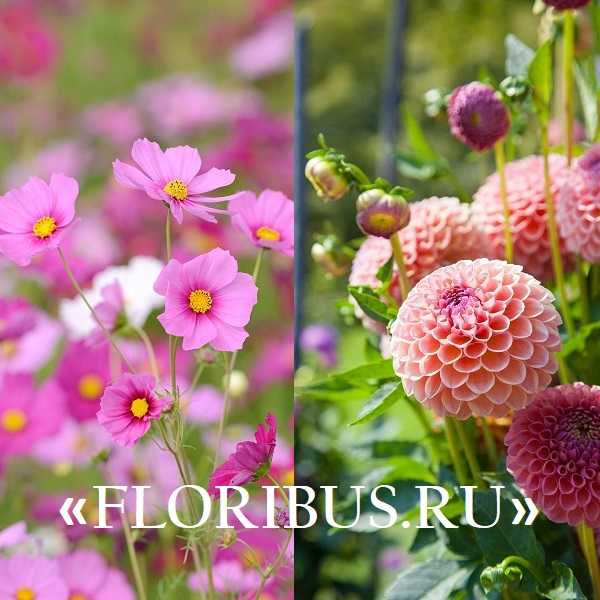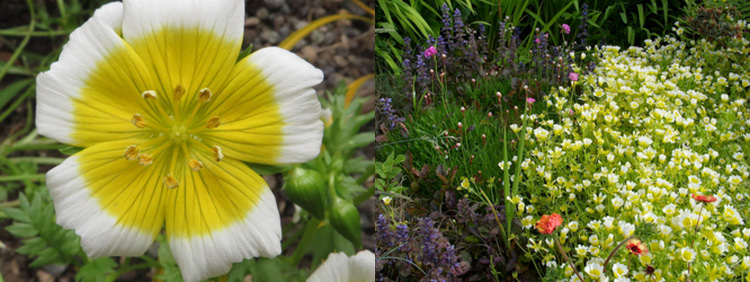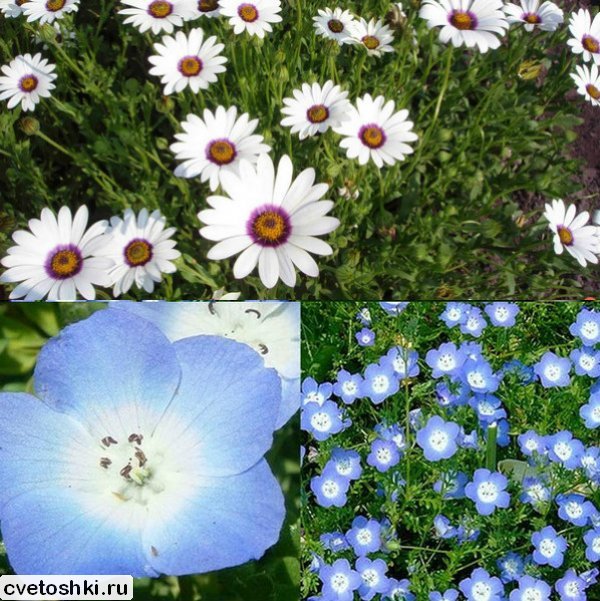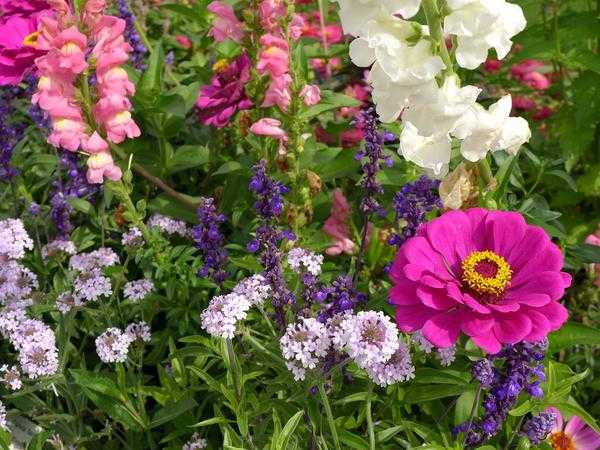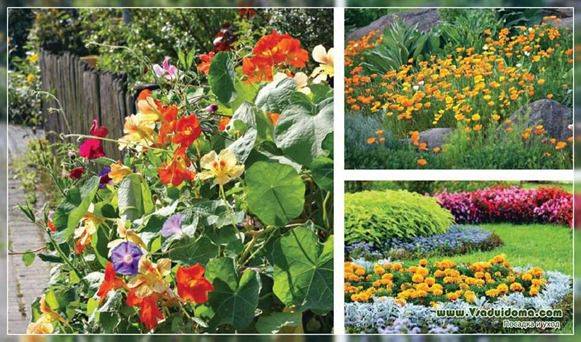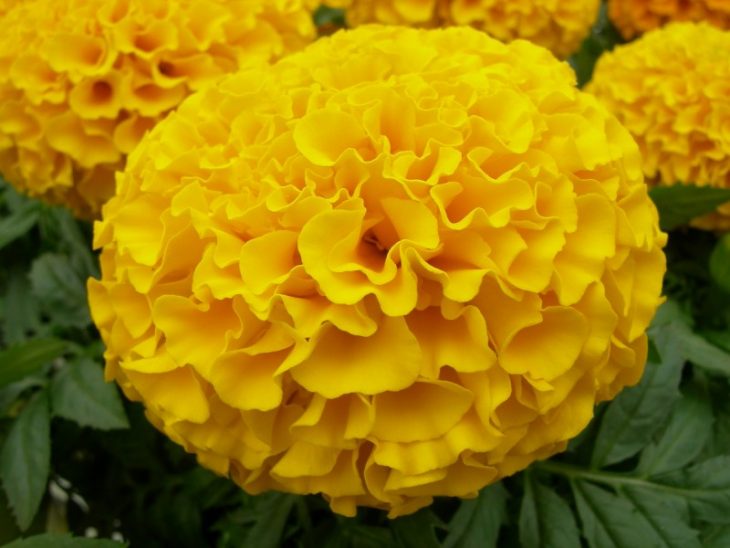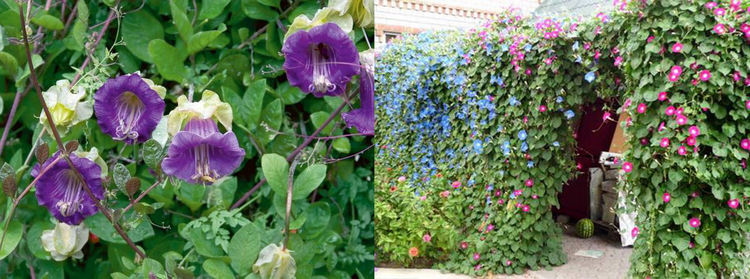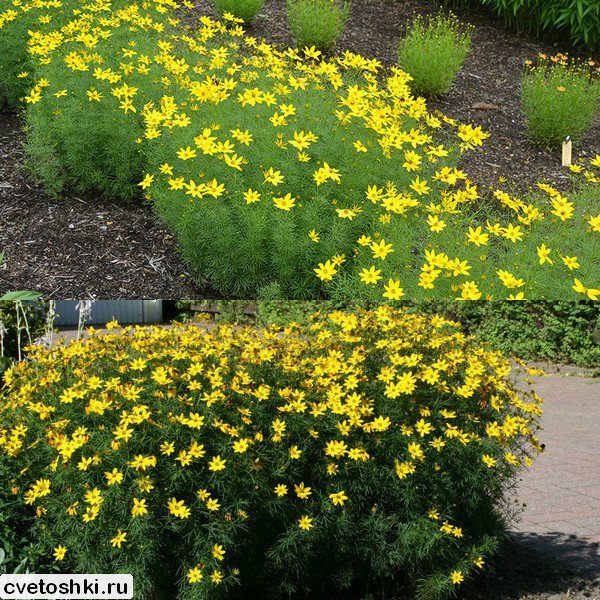How to choose flowering annual plants for your garden
The first and most important thing to know about the selected varieties is the time of their flowering, for some it comes earlier, for others later. You can sow a flower bed with several species, so that by the time some have faded, others have already opened their buds, then the vegetation will gradually change colors, renewing your garden throughout the summer. There is a division of annuals into container and flower beds. The former are best planted in pots, tubs, flowerpots, the latter, respectively, in the open ground of the garden.
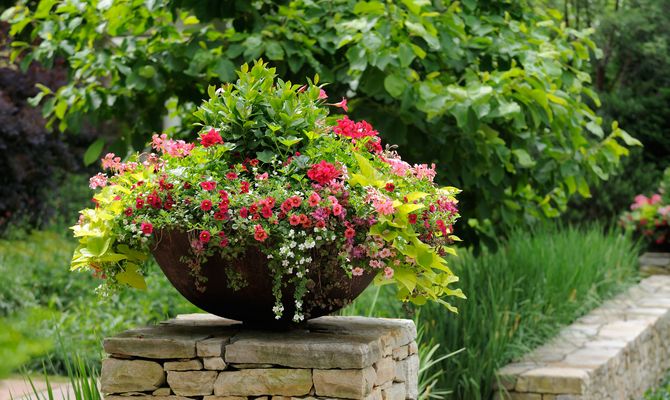
Container annual flowers
But first of all, you should select garden crops that are suitable for the planted area. If there are few sunny days where you bought the suburban area, then sun-loving flowers will not suit you, they should at least be shade-tolerant. However, one should not think that shade-loving people do not need light, they must be planted in areas where the sun's rays warm the soil for at least 6 hours a day. Plants that reproduce by self-sowing are very good for a country garden, in this case they themselves will drop the seeds, and in the spring they will germinate, which will allow not to plant the flower garden again every year.
The most beautiful annual and biennial flowers for your garden (table)
Below is the table "The most beautiful annual and biennial flowers for your garden", after reading which, you can choose the plants that are most suitable for your site.
Table "The most beautiful annual and biennial flowers for your garden":
| Marigold | May 1-10 | Seeds in open ground or after May 15, seedlings (sowing seedlings on March 1-8) | Any sunny place |
| Calendula | April 25 - May 8 | Only by seeds | Any sunny place |
| Viola (pansies) | May 12-15 | Seedlings (sowing seedlings at the end of February) | Sun or partial shade, good soil moisture is needed. If covered for the winter, re-bloom next year |
| Petunia | After May 15 | Seedlings only (sowing seedlings at the end of February) | Open, sunny location and loose, nutritious soil |
| Salvia | May 1-5 | Seedlings (sowing - end of February) | Open, sunny location and loose, nutritious soil |
| Zinnia | After May 15 | Seedlings (sowing 2025 April) | Open, sunny location and loose, nutritious soil |
| Lavatera | Early may | Only by seeds | Any soil and sunny place |
| Nasturtium | May 5-10 | Only by seeds | Shade or partial shade, not very nutritious soil. Sufficient hydration |
| Snapdragon | May 10-14 | Seedlings (sowing March 15) | Any soil and sunny place |
| Ageratum | May 10-14 | Seedlings (sowing March 8-14) | Any soil and sunny location. Brings out partial shade |
| Martricaria | After May 15 (sowing in early March) | Seedlings | Any soil and sunny place |
| Ornamental sunflower | April 25 - May 6 | Only by seeds | Any soil and sunny place |
| Turkish carnation | May 5-10 | Seedlings. If by seeds, then in mid-June in the ground | Sunny place, any soil. Cover young plants with lutrasil for the winter |
| Annual flax | April 25 - May 3 | Only by seeds | Loamy soil and sunny place |
| Daisy | April 20 - May 1 | Seeds, if seedlings, then after May 10 | Any place, sun or partial shade |
| Amaranth | May 1-5 | Only by seeds | Sunny place, any but loose soil |
| Decorative beans | After May 10 | Only by seeds | Open, sunny place, nutritious soil |
| Sweet pea | April 24 - May 5 | Only by seeds | Open, sunny place, any soil |
| Morning glory | After May 10 | Only by seeds | Open, sunny, nutritious soil |
| Godezia | May 5-10 | Seeds | Sunny place, any but loose soil |
| Nemophila | After May 15 | Seedlings only (sowing March 15-20) | Open, sunny, nutritious soil |
| Brachycoma | After May 15 | Seedlings only (sowing March 15-20) | Open, sunny, nutritious soil |
| Cinneraria | May 9-12 | Seedlings only (sowing March 1-6) | Sunny place, any but loose soil |
| Annual Dahlias (Funny Guys) | After May 15 | Seedlings only (sowing March 10-15) | Sunny place, loamy soil |
Stunted plants
Flowers, the height of the stems of which does not exceed 15-30 cm, are called undersized. They often act as curbs or cover voids between shrubs.
This group includes the following names for annual flowers: nemophila, mattiola, begonia, marigolds and others. Their cultivation has its own characteristics:
With thickened plantings, the stems are stretched and the number of buds decreases. The same picture is observed when grown in the shade.
This group of flowers does not like organic fertilizers and does not tolerate an excess of nitrogen-containing fertilizers. They are suitable for special mineral fertilizers that stimulate the formation of buds.
For the formation of new flowers, pinching of the top is often used, which allows to increase the flowering time.
Low-growing flowers are usually placed between rose bushes or other flowering shrubs, at the edges of flower beds in the form of a decorative living border, or along paths in the garden.
Cover flowers with creeping or short, densely growing stems deserve special attention. They form a kind of cover, covering empty, unsightly places.
Annual flowers that love to grow in the shade
Under a large tree, as a rule, there is a lot of unused space, in which it will be problematic to sow some fruits or vegetables - they simply will not give a harvest, or they will give it very poor.
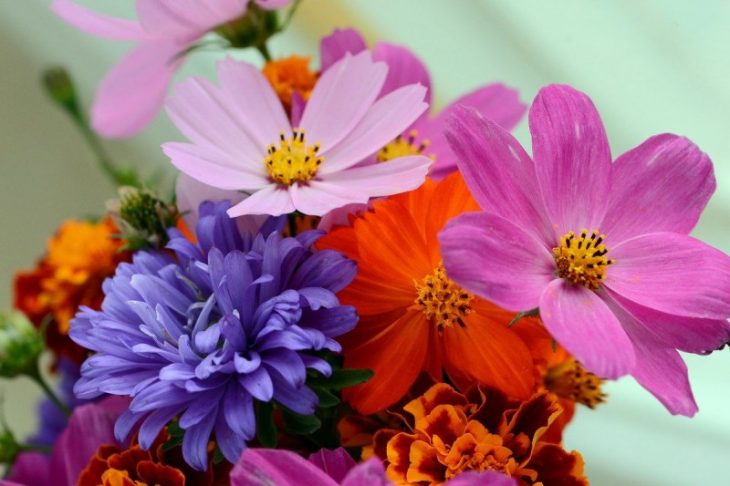
But there is a solution - to organize a flower bed there. In it, you can plant unpretentious flowers that do not care for the shade, and some species feel great in such conditions.

They, of course, will have a lot of foliage, but this beauty will not diminish. And the flower garden will look much better than a piece of empty bare land, or overgrown with weeds.

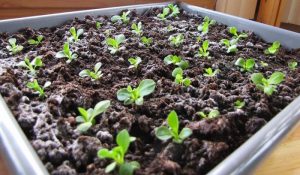
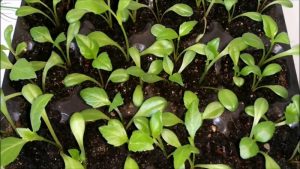
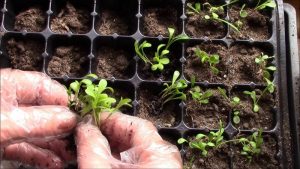
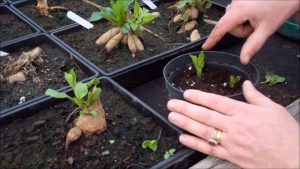


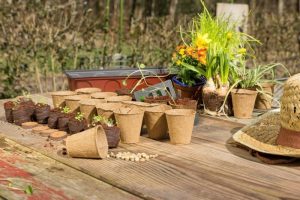
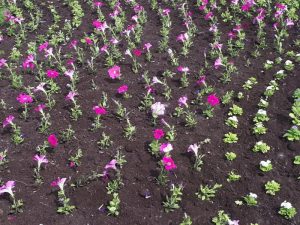
Cosmos
These flowers grow well in the shade. They please with strong and long flowering, which lasts until frost. The shape is somewhat reminiscent of a chamomile.
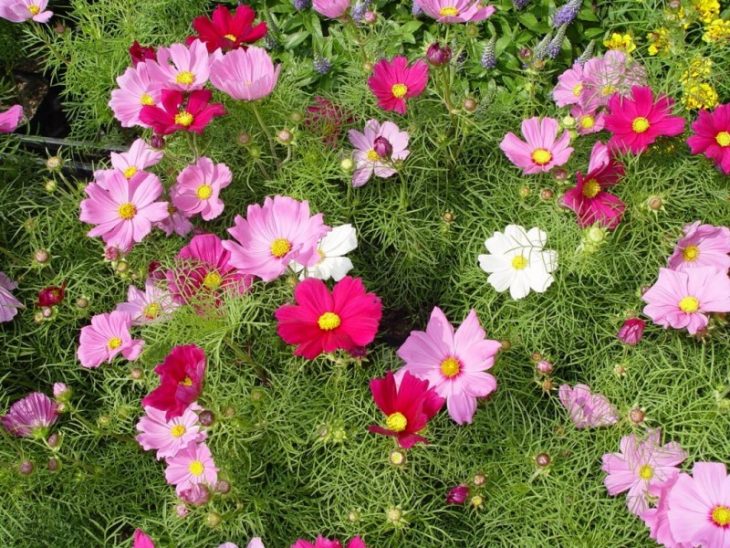

In addition to cosmes, marigolds, nasturtium, and mallow feel good in shaded areas. It is good to sow them together with fuchsia, lobelia, brovallia.

To find the perfect combinations of various types, we advise you to look at photos of annual flowers and figure out what will harmonize or complement each other.
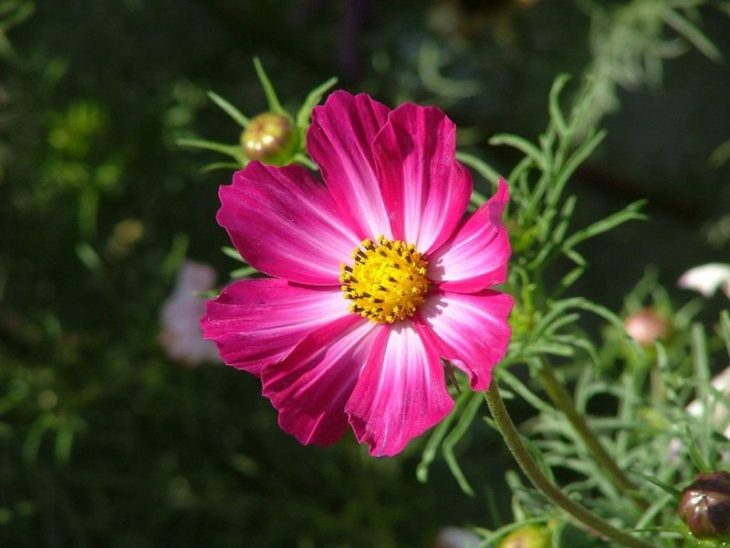
Perennial flowers for a medium-sized garden
The middle zone of a flower garden or flower bed is left by flowering plants with a height of 40 to 80 centimeters. This catalog of perennial flowers for summer cottages with photos and names is incredibly extensive and for different regions of the country can include dozens and hundreds of noteworthy cultures. Moreover, in most cases, flower beds can be decorated not only with flowers, but also with foliage.
For example, already from early spring, the light green leaves of the Persian poppy, pubescent with a fancifully dissected edge, appear from under the snow. And huge corollas of red, orange and even blue colors appear from the first days of summer along with numerous types of garden daisies, aquilegia, multicolored lupins and luxurious irises.
The perennial flower kandyk, well-known by its photo and name in Siberia will also be interesting to flower growers of the middle lane.
Blooming in April or early May, the plant is excellent for a variety of flower beds with already traditional species of crocuses, mouse hyacinth or muscari, which are also famous for their endurance and excellent survival beyond the Urals.
Lilies of the valley feel good under the crowns of trees that have not yet fully blossomed and in the shade of buildings.Their flowering occurs in May, and then, until the second half of summer, the garden is decorated with a dense clump of broad-lanceolate leathery foliage with bright beads of scarlet fruits.
Recently, anemones are becoming more and more popular, which do not bloom for very long, but they are always magnificent and bright.
Along with the traditional, well-known by name and photo, bulbous flowers in the garden and vegetable garden there are perennials that are no less spectacular, but at the same time useful. These are perennial types of onions available today for gardening lovers with large inflorescences-caps of purple, pinkish, white or greenish tones.
Equally unpretentious and beautiful are the cultivated varieties of the common yarrow, which bloom in the first month of summer and practically disappears under the snow with inflorescences of yellow, white, pink and orange shades.
Hot summer months are the time of flowering of airy gypsophila, rivaling tenderness with such garden “stars” as astilbe, which feel best not under the scorching sun, but in shady corners.
Since August, motley caps are revealed over the dark green foliage of phloxes, bright corollas of daylilies, included in the list of names of perennial flowers for the Northwest blooming all summer, as in the photo, are. At the same time, the time for plants of the Aster family comes.
Inflorescences of doronicum, small-flowered frost-resistant chrysanthemums, perennial Gaillardia rise above the bright rosettes of leaves. Bushes of perennial asters are colored with lilac, pink and white paints.
Flowering bushes for the garden: photos, names and descriptions of the best flowers
When talking about what flowers to plant in the garden, one should not forget about the shrubs. One of the best flowers for a garden is definitely roses.

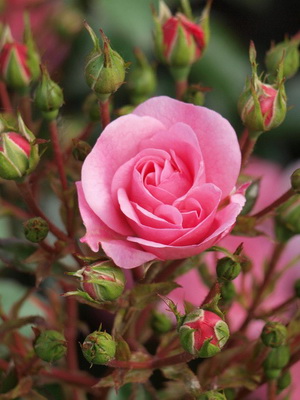
The rose is the leading plant among the beautifully flowering shrubs for the garden. By the nature of growth and flowering, roses are divided into 3 groups: park, repeatedly and continuously flowering and climbing.
To the second group classes include remontant, tea-hybrid, polyanthus.
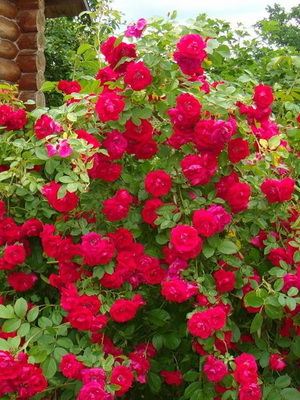
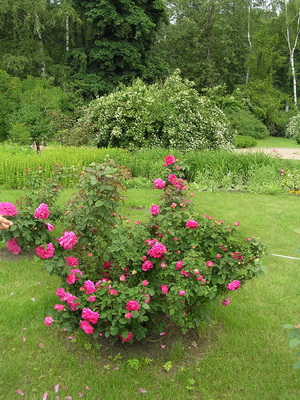
Repaired roses. The flowers are large, round-cupped, double, mostly with a strong pink scent. They are located in 3-5 pieces on the shoot. The bushes are vigorous up to 1.5 m. The flowering is twofold: the second flowering is less abundant (autumn). They require winter protection from frosts below 10-12 °.

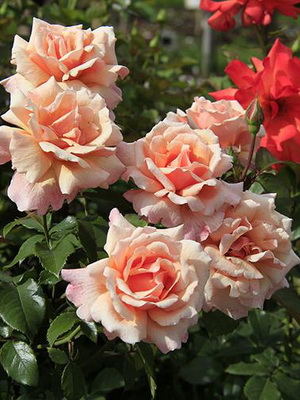
Hybrid tea roses. Bred by crossing remontant roses with tea roses. Flowers are varied in color (red, white, pink, yellow with countless transitions), different sizes - from large to very large, double, varied in aroma, 1 - 3-5 pieces per shoot. Bushes are on average 50-70 cm tall. The bloom is abundant in both spring and autumn and is longer than that of remontant roses. They require winter protection from frosts below -7 ... -8 ° С.

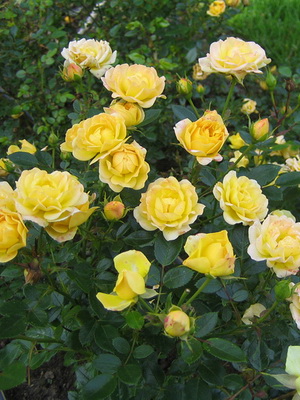
Polyanthus, or multi-flowered roses. The flowers are small (2 - 3 cm in diameter), red, pink, white, less often yellow, mostly double, fragrant and odorless, collected in large inflorescences. They bloom very profusely and almost continuously until frost (Excelsia is pink).
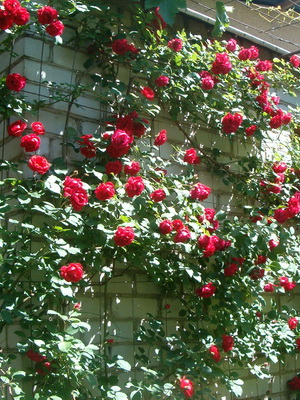
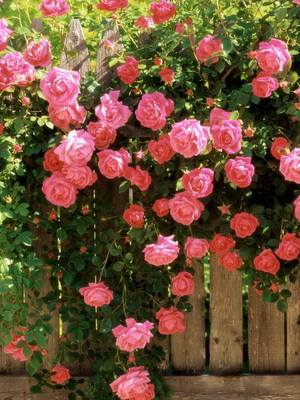
Climbing or curly roses. They have long (2 - 5 m) shoots creeping along the ground. The flowers are small. The color of the flowers is different. They bloom profusely and for a long time, but once in early summer. Among them, semi-climbing roses are of interest. Hardy enough, they hibernate without shelter.
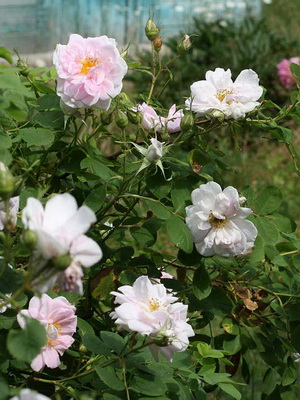
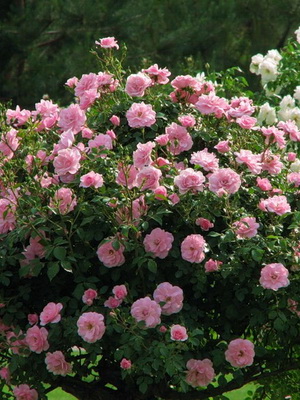
Park roses. These are wild rose hips and their hybrid forms. They are hardy and do not require shelter. Roses are propagated by budding in July - August on two-year-old rosehip seedlings (grafted culture) and by cuttings (rooted culture) in June - July.
Roses grow better in sunny areas, loamy nutrient soils. They are planted in late April - early May, climbing at a distance of 1-1.5 m, remontant 60-70 cm, hybrid tea 40-50 cm, polyanthus 20-30 cm. Before planting, the shoots are cut shortly into 3-5 buds. In subsequent years, when growing roses, correct pruning is essential. It promotes good development of the bush and abundant flowering.In the spring, immediately after removing the shelter, sanitary pruning is carried out: all weak, dried, frozen and thickening shoots are cut out, then the branches are shortened. Thinning and removal of weak and dry branches is carried out in all types of roses, and shortening is not in all. Climbing and park roses are not pruned, as they bloom on last year's wood.
Repaired roses are cut (shortened) by 8-12 buds, counting from the base of the shoot (weak pruning), hybrid tea - by 3-5 buds. Roses are systematically fed during the summer.
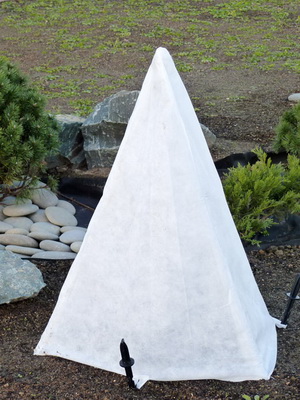

An important technique when growing roses is to cover them for the winter. Most types of roses, with the exception of climbing and park roses, require shelter. It is carried out at the end of October with the onset of small but persistent frosts (-3 ... -5 ° C). Before the shelter, broken, diseased branches, flowers, unripe shoots and bushes are removed. Shelter is carried out with sawdust, leaves, peat. Good results are obtained by covering the roses with thick paper, which is placed on a special wire frame made to the size of the bush.
Here you can see photos of beautiful flowering bushes for the garden:
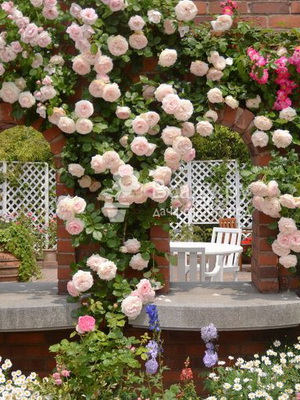
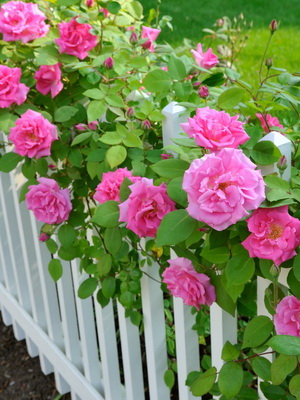
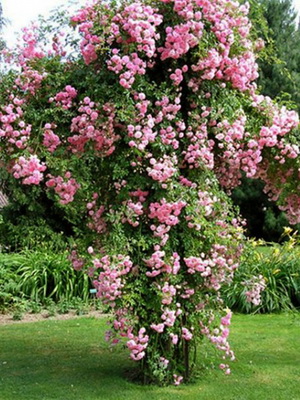
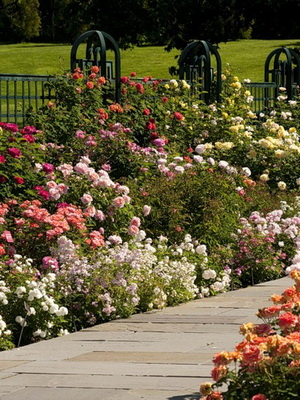
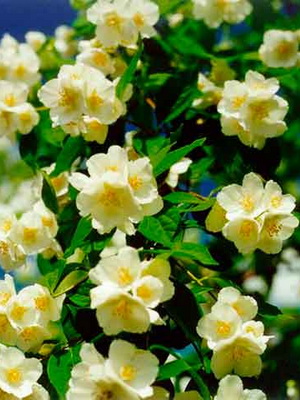
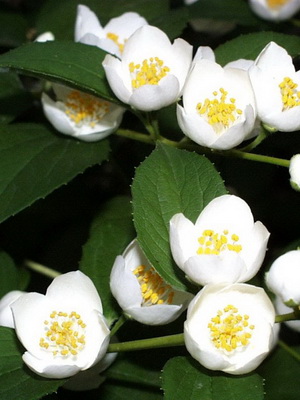
Jasmine (chubushnik). Unpretentious shrub, 1-3 m high. Blossoms in June-July with white double flowers with a strong odor. Propagated by layering, green cuttings.

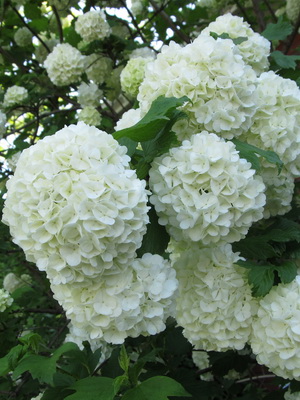
Buldenezh. Terry form of viburnum ordinary, very decorative. Quite unpretentious shrub with beautiful white spherical inflorescences. Propagated by green cuttings.
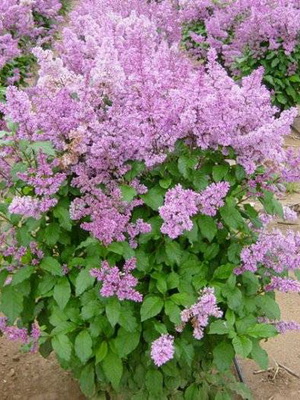

Lilac. Terry forms of Sireya are very decorative:
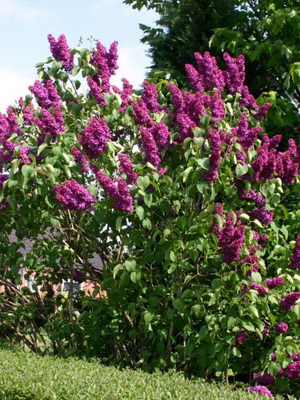
Charles Joly
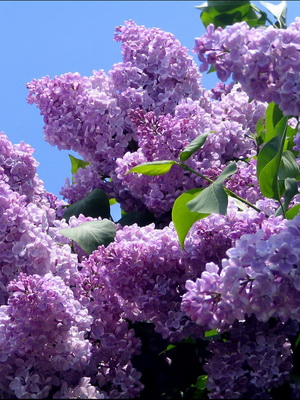
Star of may

Bertha Damock

Lauvazier

Mathieu Dambal
The non-double forms are also original: the Chinese variety has inflorescences up to 50-70 cm, abundant flowering. Propagated by cuttings, grafts, layering.
This selection of photos demonstrates what flowers can be planted in the garden:
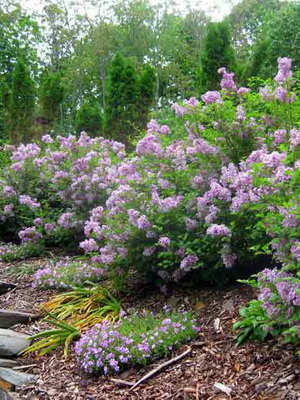
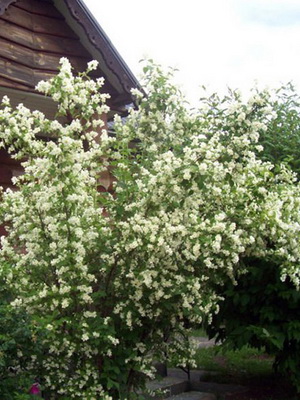
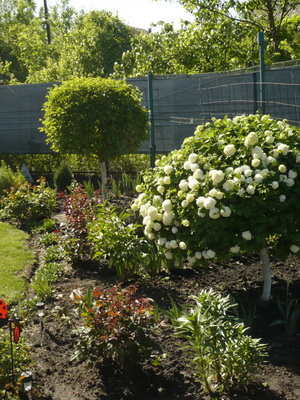
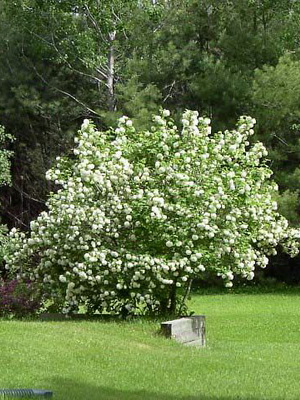
Frost-resistant annual flowers for the garden
Frost-resistant annual flowers are a great opportunity to extend the riot of colors until the moment when a permanent snow cover falls. We offer you for your acquaintance the most popular frost-resistant flowers for the garden.
SUNFLOWER - HELIANTHUS
- Bloom time: July - October
- Location: best sunny
- Reproduction: sowing seeds under glass in March
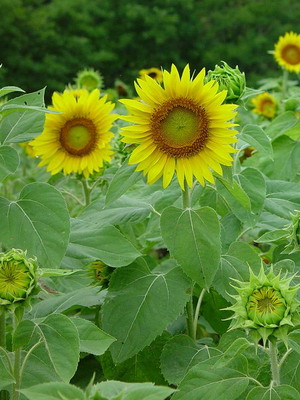

Annual sunflower (H. annuus) is the main species with a height of 30 cm to 3 m with yellow or orange inflorescences. Check the grade height before purchasing. Giants can be impressive, but compact varieties are usually more colorful and more visible. The 'Autumn Beauty' strain is 1.2m tall and is a good example.
IBERIS, STENNIK - IBERIS
- Bloom time: May - July
- Location: best sunny
- Reproduction: sowing seeds in April
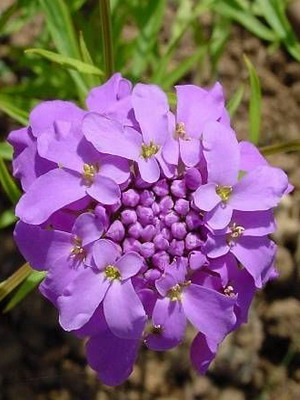
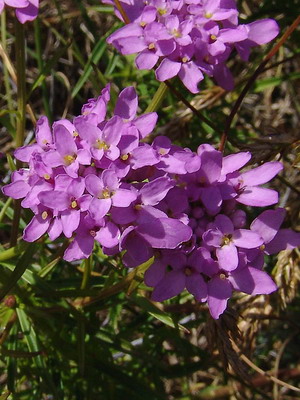
Few annuals are easier to grow - just scatter the seeds in the spring on the ground where it will bloom. Use it as a border or plant for the front of your curb. The main species is Iberis Umbellata (I. umbellata) 15-30 cm high. Cultivars include the dwarf ‘Fairy Mixed’ and the tall ‘White Pinnacle’.
CHINA, SOFT PEAS - LATHIRUS
- Bloom time: June - September
- Location: best sunny
- Reproduction: sowing seeds in April

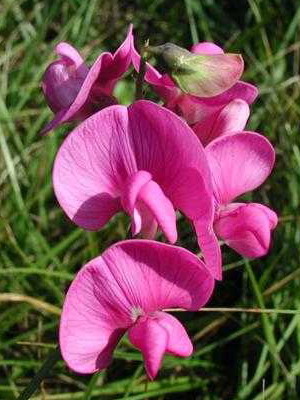
Modern varieties of sweet pea tend to have larger flowers than old favorites, but some have lost their flavor. The rank allspice, or Sweet pea (L. odoratus) is the main species and the tall group - the height of 1.5-2.4 m dominates in the catalogs. There are also varieties of medium height and dwarfs.
HATMA, LAVATERA - LAVATERA
- Bloom time: July - September
- Location: sunny or slightly shady
- Reproduction: sowing seeds in March
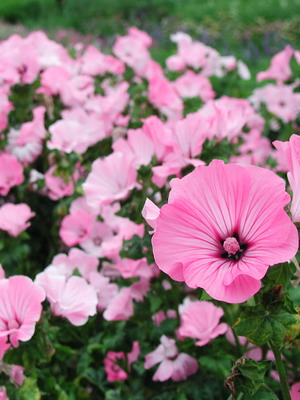
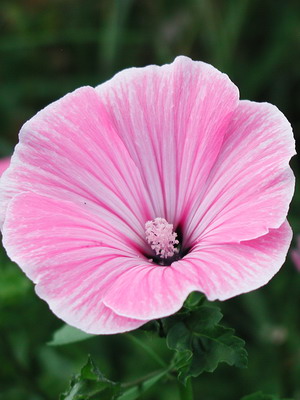
A bushy plant that is covered with funnel-shaped flowers in summer. Hutma three months old (L. trimestris) has numerous varieties. Old varieties are tall - they reach 90 cm - 1.2 m and are suitable for creating a screen. More compact modern varieties such as the 'Silver Cup' are preferred these days.
Growing annual flowers outdoors
How to grow annual flowers in your summer cottage? All annual flowering plants are demanding on the soil conditions of their cultivation. The soil for flowers should be good for air and water. The depth of the soil layer prepared for the breakdown of the flower garden should be at least 20-25 cm. For most annual flower crops, this depth is sufficient. For perennial plants, the soil is cultivated to a depth of 30-40 cm.
On the territory of the southern region, annual flowers are planted in late April - early May, except for salvia, nasturtium, tagetes, dahlias, which are afraid of spring frosts.
Most annuals bloom well when the seeds are sown in the ground and then thinned out. For individual crops, winter crops are used in the beds. The term for winter crops is November.
When caring for perennials, systematic watering, loosening, feeding, protection from diseases and pests are necessary.
To grow strong and healthy annuals, flower beds should be watered immediately after planting, regardless of the degree of soil moisture. Summer plants are watered daily until the plants take root, and then, depending on the weather, 2-3 times a week. It is advisable to water the plants in the evening or in the morning.
Ordinary dry garden soil is moistened with 10 liters of water per 1 m2 to a depth of 10 cm, 20 liters of water to a depth of 20 cm, etc. The roots of annual flowering plants lie on average at a depth of 10-30 cm.
When caring for annual flowers on sunny, hot days, they should not be watered, since the water evaporates quickly, plants can get burned, and a dense crust forms on the soil surface. During irrigation, a strong jet of water should be avoided, which erodes the soil. It is necessary to use special sprayers. Some plants do not tolerate watering from above, since when water gets on the flowers, they lose their decorative effect.
After planting annual flowers in open ground, to retain moisture in the soil and exchange air, it is necessary to loosen the soil and destroy weeds. Loosening must be done after heavy rain or watering. Planting annuals is enough to loosen to a depth of 5 cm. Near the plants themselves, the depth of processing is 2-3 cm so as not to damage the roots. The second loosening is started as soon as the weeds begin to germinate. By the time the plants close the crowns, they loosen only around the entire group. After the flowers have grown, you can limit yourself to removing the weeds.

